Miss: America Created 209,000 Jobs in June, Less Than Expected
Jobs numbers disappoint for June, coming in below expectations for the first time in over a year.
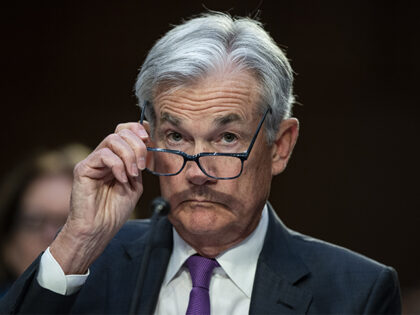
Jobs numbers disappoint for June, coming in below expectations for the first time in over a year.

The private sector put nearly 500,000 people onto payrolls in June, according to the calculations of payroll processor ADP.

Employers are still looking for nearly ten million workers.

The leisure and hospitality sector added a jaw-dropping 232,000 jobs.

It’s not exactly a self-evident truth, but it is a data-evident truth: the U.S. housing market is recovering.

New single-family home construction spending rose 1.7 percent, giving more support to the idea that the housing market may have bottomed earlier this year and begun to recover.

The Supreme Court just gave a boost to the Federal Reserve’s efforts to tame inflation.

Inflation has slowed in recent months but remains much higher than the Fed’s target.

The third GDP revision raises concerns about the persistence of inflation but also provides powerful support to our view that the economy is unlikely to enter a recession this year.
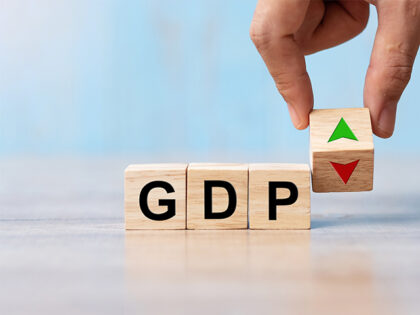
The labor market is still sizzling hot, suggesting the Fed will have to raise rates further to bring down inflation.
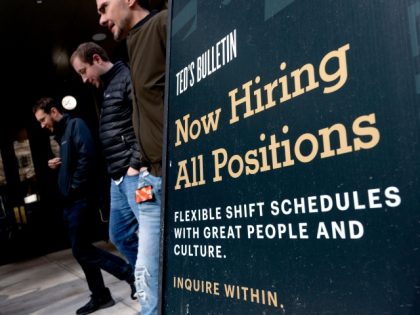
The third revision to first quarter GDP indicated Fed rate hikes have been less effective than thought.

The downside of the resurgence in Italy’s tourism sector is likely to be persistent inflation.

Americans are more than twice as likely to hold a negative view of the economy than a positive.

Retail inventories rose by a seasonally adjusted 0.8 percent in May as the car shortage receded.

The most heralded recession in American history will probably not arrive until next year.
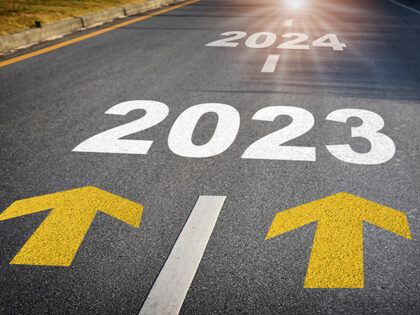
Following the debt ceiling deal, consumer sentiment improved significantly.
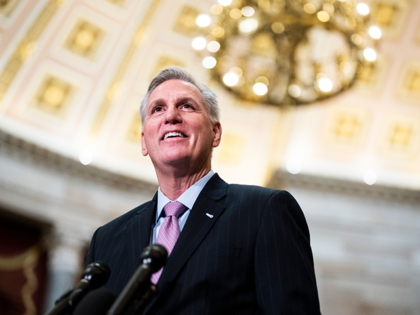
Markets and analysts are no longer forecasting a series of rate cuts this year, but they do not buy the notion that the Fed will keep hiking.
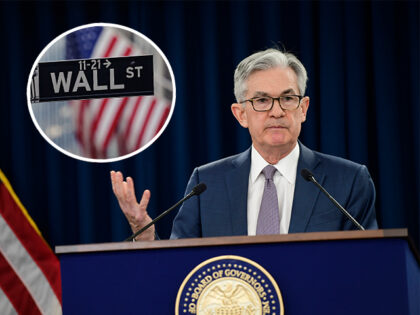
In the latest sign that the U.S. economy picked up steam as winter turned to spring, inventories at U.S. businesses increased in April. Businesses inventories rose by a seasonally adjusted 0.2 percent in April after declining 0.2 percent in March,

Stronger retail sales, however, could add further fuel to the inflation fires burning through the U.S. economy.

The Federal Reserve on Wednesday announced its decision not to raise the range for its benchmark federal funds rate target, choosing to leave rates alone for the first time in 15 months.
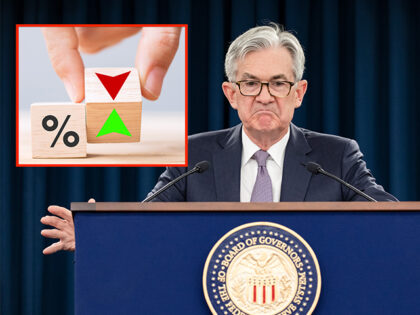
Federal Reserve policymakers left the central bank’s benchmark interest rate unchanged despite inflation that has run above its target for over two years.
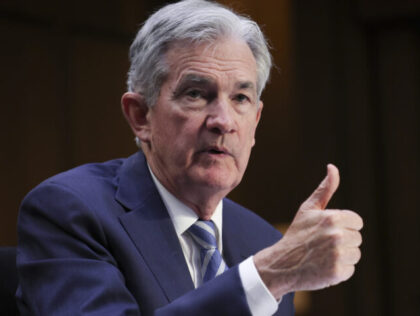
Modelo is now the top-selling beer in the U.S. thanks to the boycott of Bud Light.

Services prices still rising.
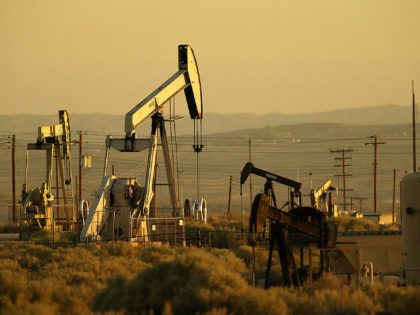
Federal Reserve Chairman Jerome Powell will get his pause.
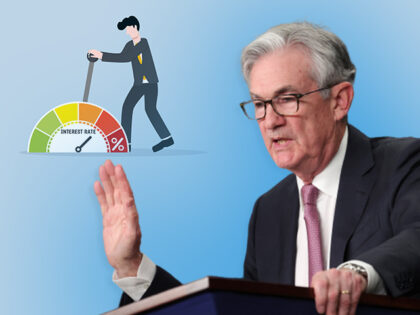
The consumer price index, a key barometer of what consumers pay for goods and services, rose four percent last month from a year earlier, the Labor Department said Tuesday. Compared with March, the consumer price index (CPI) rose 0.1 percent. Core
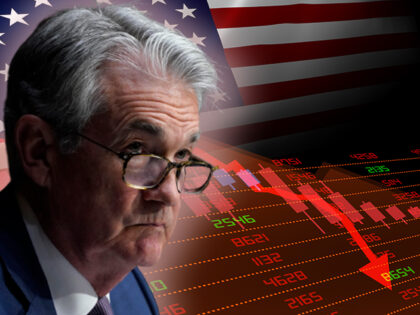
Small business optimism edged up in May even as inflation worries returned as the top worry for owners.

A funny thing happened on the way to the next recession: stocks stampeded their way to bull market territory.
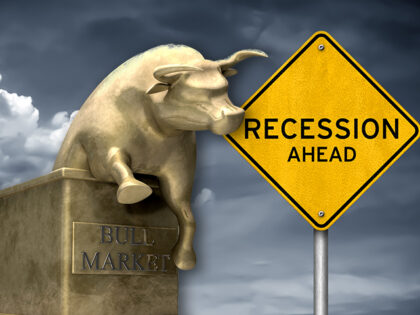
Even after the recent rebound, more Americans say the economy is in poor shape than say it is doing well.
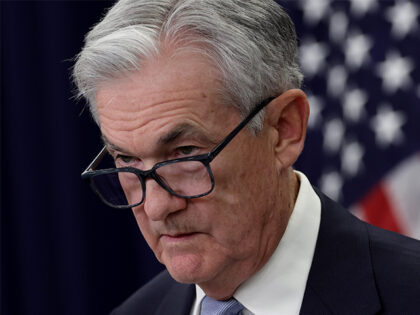
Sixty-three percent say they are “very concerned” about inflation.

While the notion that the labor market has been softening underneath the strong headline figures is increasingly popular, the evidence marshaled to support it is not very strong.

The stage is set for the Federal Reserve to take a breather at its next meeting, probably with the explanation that it wants to assess the effects of the earlier interest rate hikes on the economy.
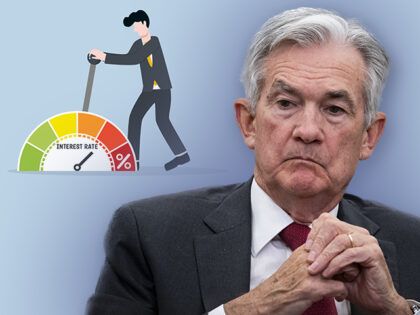
Wholesale inventories in the U.S. declined for the second consecutive month in April, the Commerce Department said Thursday. Inventories at U.S. wholesalers ticked down 0.1 percent in April compared with the prior month. March inventories were revised down to show

The number of people filing new claims for unemployment benefits unexpectedly surged last week. The Labor Department said Thursday that initial claims rose last week by 28,000 to 261,000, the highest number of claims since October 2021. The prior week’s

The latest results from the Economist/YouGov poll reveal that Americans are deeply unhappy about the economy.

Just like in the U.S., inflation and labor markets have tested the central bank’s resolve to stay on the sidelines.
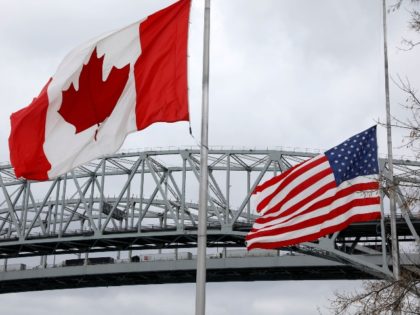
The trade gap with the rest of the world increased to $74.6 billion in April.

The Federal Reserve’s Summary of Economic Projections from March now appear to be seriously outdated.
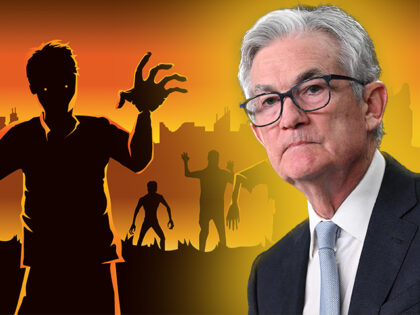
A program meant to increase diversity and access for graduate schools did neither. Universities just raised their tuition to soak up additional money borrowed.

You could not wish for a better illustration of how hard it is to read the economic signals these days than the dueling services sector purchasing managers indexes released on Monday.
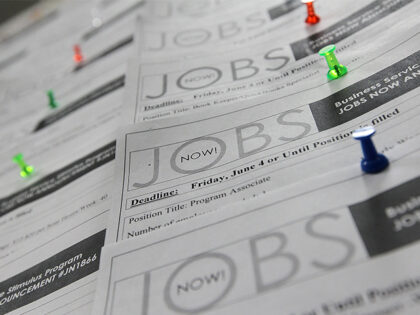
The ISM services index fell significantly short of expectations for May.
